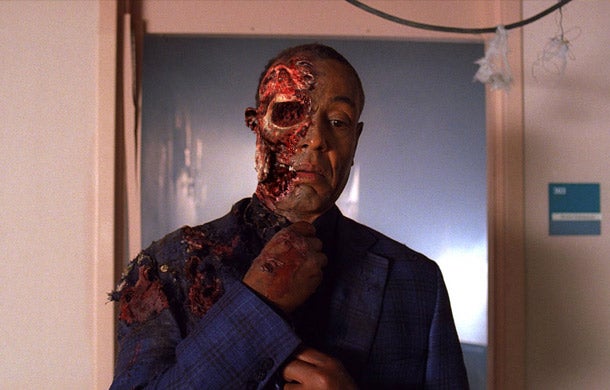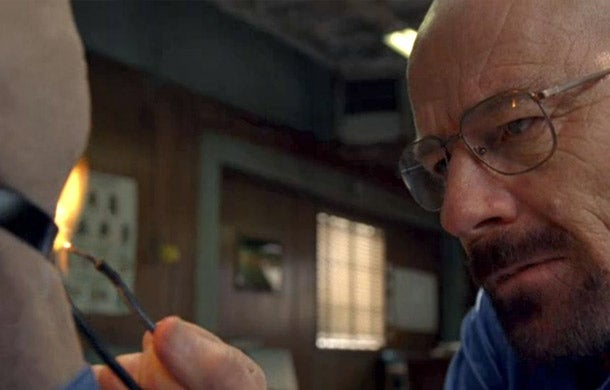Hey guys,
Found this
article from LinkedIn Today and thought it would be a good read for those of us working on our leadership skills! Let me know what you think!
Being likeable will help you in your job, business,
relationships, and life. I interviewed dozens of successful business leaders for
my last book, to determine what made them so likeable and their companies so
successful. All of the concepts are simple, and yet, perhaps in the name of
revenues or the bottom line, we often lose sight of the simple things - things
that not only make us human, but can actually help us become more successful.
Below are the eleven most important principles to integrate to become a better
leader:
1. Listening
"When people talk, listen
completely. Most people never listen." - Ernest Hemingway
Listening is the foundation of any good relationship. Great
leaders listen to what their customers and prospects want and need, and they
listen to the challenges those customers face. They listen to colleagues and
are open to new ideas. They listen to shareholders, investors, and competitors.
2. Storytelling
"Storytelling is the most
powerful way to put ideas into the world today." -Robert McAfee Brown
After listening, leaders need to tell great stories in order to
sell their products, but more important, in order to sell their ideas.
Storytelling is what captivates people and drives them to take action. Whether
you're telling a story to one prospect over lunch, a boardroom full of people,
or thousands of people through an online video - storytelling wins
customers.
3. Authenticity
"I had no idea that being
your authentic self could make me as rich as I've become. If I had, I'd have
done it a lot earlier." -Oprah WinfreyGreat leaders are who they say they are, and
they have integrity beyond compare. Vulnerability and humility are hallmarks of
the authentic leader and create a positive, attractive energy. Customers,
employees, and media all want to help an authentic person to succeed. There
used to be a divide between one’s public self and private self, but the social internet
has blurred that line. Tomorrow's leaders are transparent about who they are
online, merging their personal and professional lives together.
4. Transparency
"As a small
businessperson, you have no greater leverage than the truth." -John
WhittierThere is nowhere to hide anymore, and
businesspeople who attempt to keep secrets will eventually be exposed. Openness
and honesty lead to happier staff and customers and colleagues. More important,
transparency makes it a lot easier to sleep at night - unworried about what you
said to whom, a happier leader is a more productive one.
5. Team Playing
"Individuals play the
game, but teams beat the odds." -SEAL Team Saying
No matter how small your organization, you interact with others
every day. Letting others shine, encouraging innovative ideas, practicing
humility, and following other rules for working in teams will help
you become a more likeable leader. You’ll need a culture of success within your
organization, one that includes out-of-the-box thinking.
6. Responsiveness
"Life is 10% what happens
to you and 90% how you react to it." -Charles SwindollThe best leaders are responsive to their customers,
staff, investors, and prospects. Every stakeholder today is a potential viral
sparkplug, for better or for worse, and the winning leader is one who
recognizes this and insists upon a culture of responsiveness. Whether the
communication is email, voice mail, a note or a tweet, responding shows you
care and gives your customers and colleagues a say, allowing them to make a
positive impact on the organization.
7. Adaptability
"When you're finished
changing, you're finished." -Ben FranklinThere has never been a faster-changing
marketplace than the one we live in today. Leaders must be flexible in managing
changing opportunities and challenges and nimble enough to pivot at the right
moment. Stubbornness is no longer desirable to most organizations. Instead,
humility and the willingness to adapt mark a great leader.
8. Passion
"The only way to do great
work is to love the work you do." -Steve Jobs
Those who love what they do don’t have to work
a day in their lives. People who are able to bring passion to their business
have a remarkable advantage, as that passion is contagious to customers and
colleagues alike. Finding and increasing your passion will absolutely affect
your bottom line.
9. Surprise and Delight
"A true leader always
keeps an element of surprise up his sleeve, which others cannot grasp but which
keeps his public excited and breathless." -Charles de Gaulle
Most people like surprises in their day-to-day lives. Likeable
leaders under-promise and overdeliver, assuring that customers and staff are
surprised in a positive way. There are a plethora of ways to surprise without
spending extra money - a smile, We all like to be delighted — surprise and
delight create incredible word-of-mouth marketing opportunities.
10. Simplicity
"Less isn't more; just
enough is more." -Milton GlaserThe world is more complex than ever before,
and yet what customers often respond to best is simplicity — in design, form,
and function. Taking complex projects, challenges, and ideas and distilling
them to their simplest components allows customers, staff, and other
stakeholders to better understand and buy into your vision. We humans all crave
simplicity, and so today's leader must be focused and deliver simplicity.
11. Gratefulness
"I would maintain that
thanks are the highest form of thought, and that gratitude is happiness doubled
by wonder." -Gilbert Chesterton
Likeable leaders are ever grateful for the people who contribute
to their opportunities and success. Being appreciative and saying thank you to
mentors, customers, colleagues, and other stakeholders keeps leaders humble,
appreciated, and well received. It also makes you feel great! Donor's Choose
studied the value of a hand-written thank-you note, and actually found donors
were 38% more likely to give a 2nd time if they got a hand-written note!
The Golden Rule: Above all
else, treat others as you’d like to be treated
By showing others the same courtesy you expect
from them, you will gain more respect from coworkers, customers, and business
partners. Holding others in high regard demonstrates your company’s likeability
and motivates others to work with you. This seems so simple, as do so many of
these principles — and yet many people, too concerned with making money or
getting by, fail to truly adopt these key concepts.
.jpg)







